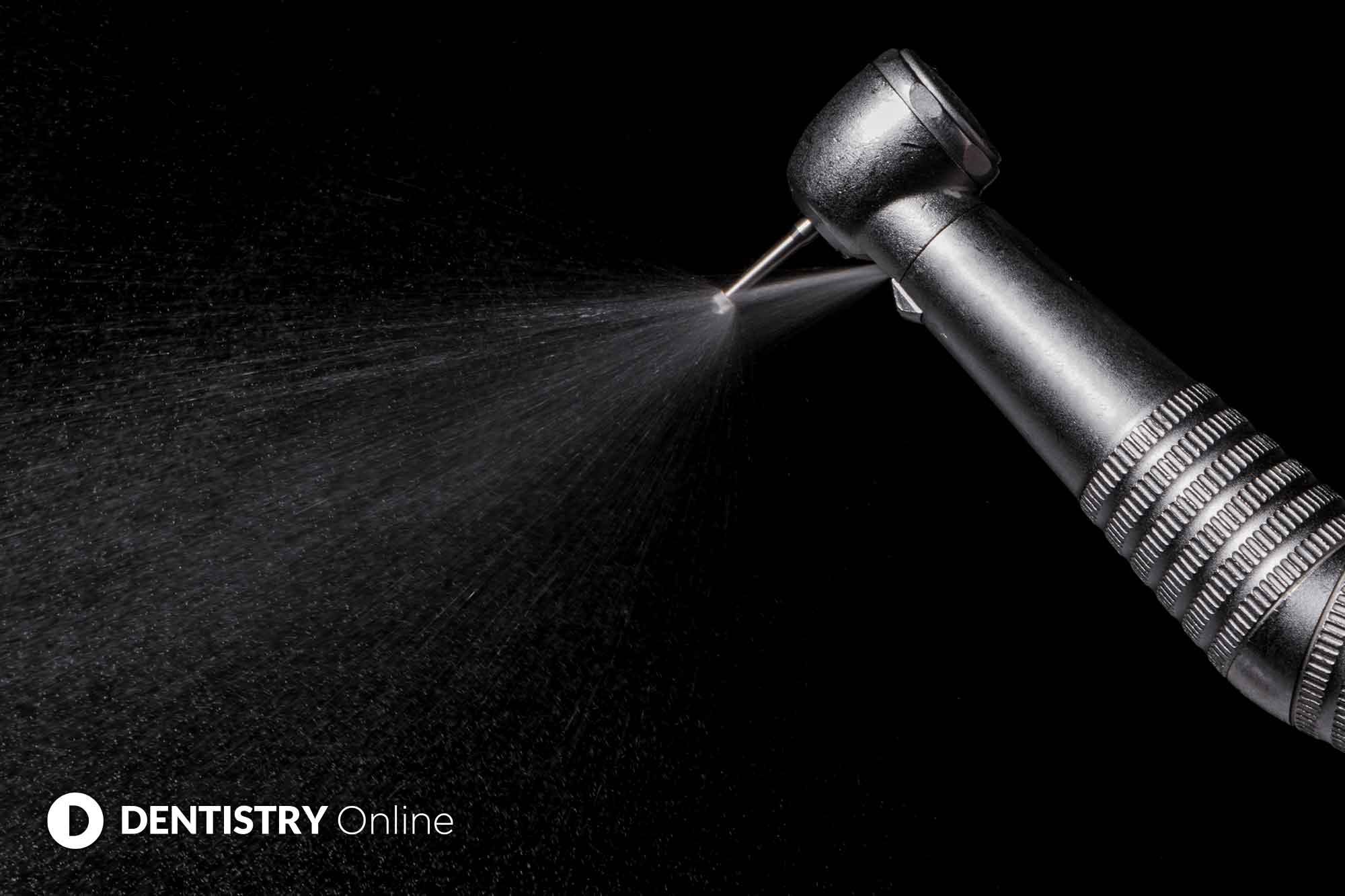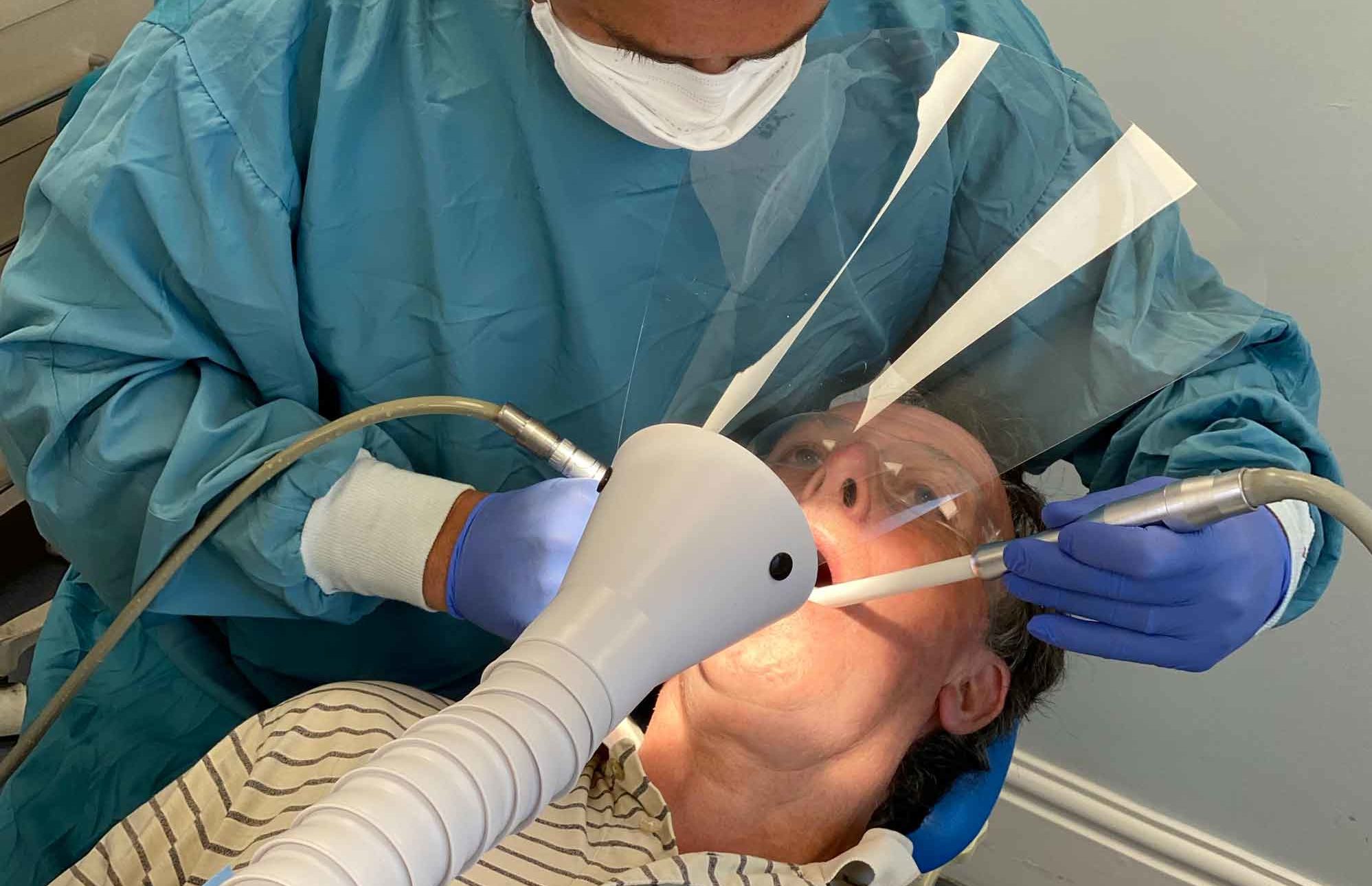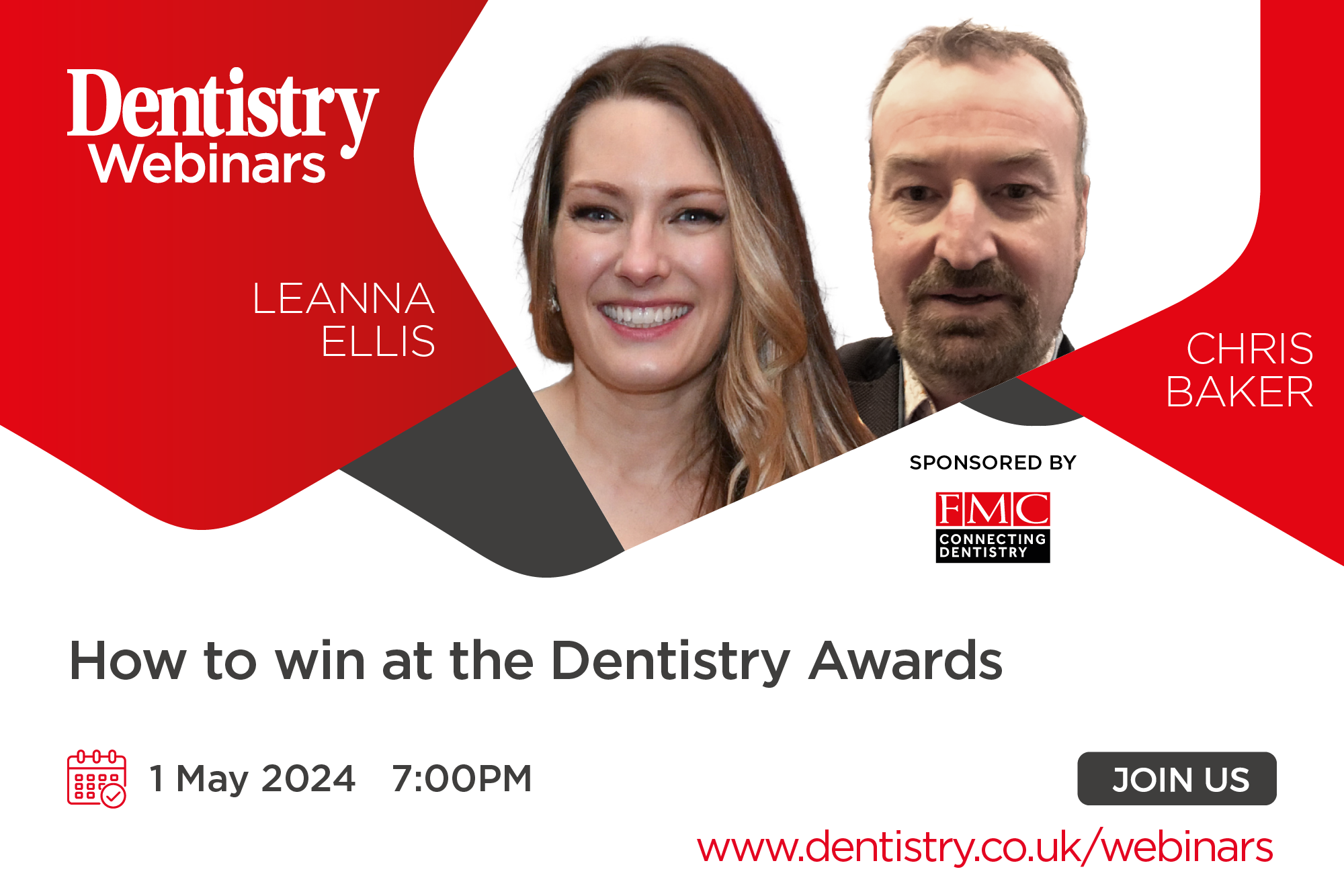Follow Dentistry.co.uk on Instagram to keep up with all the latest dental news and trends.
 Paul Riddick gives his thoughts on the current focus on air changes per hour and suggests dentistry is overlooking a potential solution.
Paul Riddick gives his thoughts on the current focus on air changes per hour and suggests dentistry is overlooking a potential solution.
Recent publications still constantly focus on ACH (air changes per hour) on the basis of ‘diluting’ the air of potential contaminants (after the event) to reduce fallow times.
As you probably already know, all dentists in the UK have to comply with the Control of Substances Hazardous to Health (COSHH) regulations 2002.
There are legal implications for not complying. However, SOP guidelines from both the Faculty of General Dental Practice (FDGP) and Scottish Dental Clinical Effectiveness Programme (SDCEP) constantly fail to mention this key point in relation to aerosol generating procedures (AGPs).
COSHH Regulations for Hazardous Substances in the Workplace
The COSHH Approved Code of Practice (ACOP) specifically allows the COSHH assessment to be part of the general risk assessment, which is required under regulation three of the Management of Health and Safety at Work Regulations 1999.
These were written, as the name suggests, to prevent exposure to hazardous substances at work. Hazardous substances are clearly defined as a fume, dust, mist, gas or vapour, or biological agent.
AGPs in dental practices create both mist and vapour. It could potentially hold viruses, so also classed as a biological agent. Exposure to these aerosols all fall under the HSE COSHH regulations.
COSHH states that: ‘Biological agents may also be considered to be substances hazardous to health and include micro-organisms such as bacteria, viruses, fungi, and the agents that cause transmissible spongiform encephalopathies (TSEs)’
Biological agents are classified into four ‘hazard groups’ according to the following infection criteria:
- Their ability to cause infection
- The severity of the disease that may result
- The risk of infection spreading in the community
- The availability of vaccines and effective treatment.
These are the set hierarchy of controls that the HSE recommend for controlling airborne pollutants in the workplace:
- Can you ‘completely remove’ the process (clearly, this is not possible with AGPs),
- Can you replace the process by ‘substitution’ for something less hazardous (again, not possible with AGPs)
- If you cannot achieve (1) and (2), then implement ‘at-source’ local exhaust ventilation (LEV). This is the primary method of capture or engineering control, where practicable.
This third option is very practicable for AGPs, as per the image below.

Ventilation for AGPs
In the past few months, I’ve been constantly trying to highlight the importance of recommending local exhaust ventilation (LEV) for AGPs as a ‘legal requirement’ to the CDOs, FDGP, PHE and others.
Much to my dismay, the response I receive is always silence or very weak.
There seems a misunderstanding about the differences between LEV and room filters or air cleaners. Many still seem to confuse LEV with general ventilation, when this is far from accurate.
I have been in discussions with many dentists for months concerned or worried about meeting the minimum ACH.
Additional ventilation guidance is good of course; however, everything I have read constantly fails to remind dentists of their legal obligations under COSHH.
We should implement good general ventilation in addition to LEV.
It makes complete sense that, if you can properly capture aerosols close to the source, before they become airborne, then the aerosol contamination level of the surrounding air is minuscule or immeasurable.
Quick, cheap and easy to implement
With this evidence in mind, I hope to see more consideration and emphasis shown towards LEV in future guidance.
If the correct type of LEV is used, with a well-designed capture device and effective capture velocities, with certified HEPA and/or UVC sterilisation filters, and regularly maintained, then this will meet COSHH HSE regulations and help keep dentists, their staff and patients safe. Plus it is quick, cheap and easy to implement.



